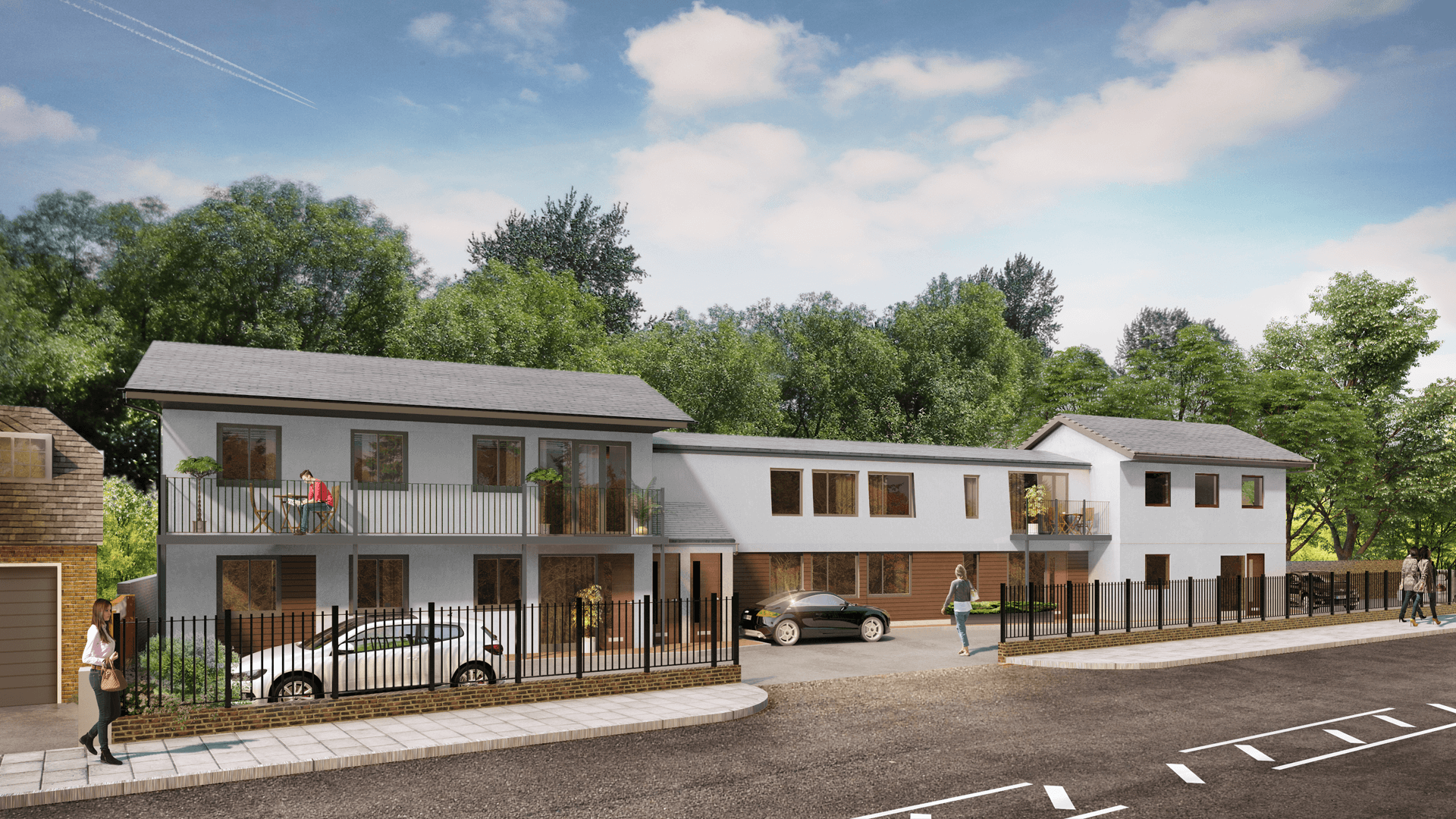
Gerrards Cross project sees showroom transformed into modern apartments
August 14th, 2017 Posted by Urban Edge All, News, ResidentialOn behalf of our client Canon House Properties Limited we undertook the extensive remodelling of a former kitchen/bathroom showroom on a very prominent site along the A40 in Gerrards Cross.
The development proposals extended to internal reconfiguration of the space to create six new apartments, along with completely re-elevating the external façades and providing new fenestration.
The scheme received planning approval in June 2016 and works started on-site in December 2016. The apartments were completed in the Summer of 2017.
